Web3—the buzzword on everyone’s lips. If you’re still wondering what is Web3, you’re not alone. At its core, Web3 signals the next evolution of the internet—a decentralized, blockchain-powered ecosystem that empowers users rather than centralized entities. But what does that mean for you?
This blog explores Web3, how it differs from Web1 and Web2, and why it’s causing such a stir in industries like finance, social media, and beyond. By the end, you’ll have a solid grasp of its key concepts, challenges, and potential.
The Evolution of the Web: From Web1 to Web3
To understand Web3, it’s essential to know where it all began.
Web1: The Read-Only Era
Web1, which dominated the internet’s early days (roughly 1990–2005), was a read-only experience. Websites were static, primarily hosting information for users to consume. Think of Web1 as gigantic billboards or encyclopedias—lots of text, minimal interaction. Businesses like Yahoo! and Netscape thrived during this time because they served as gateways to information.
Web2: The Read-Write Era
With the rise of Web2 (from 2005 onwards), the internet became interactive. Social media platforms, e-commerce websites, and apps allow users to create and share content. People were no longer just consumers of information—they became contributors.
Companies like Facebook, Google, and Amazon spearheaded this era by creating seamless online ecosystems. However, Web2 has notable flaws. Users may write and share content, but big tech companies own the platforms. They often collect, control, and monetize user data without explicit consent.
Enter Web3.
Web3: The Read-Write-Own Era
Web3 builds on Web2’s interactivity while decentralizing control. Powered by blockchain technology, Web3 allows users to own their data and assets fully, removing the need for intermediaries like tech giants or financial institutions.
Here’s the kicker—Web3 aims to give users unprecedented autonomy over online interactions.
The Core Concepts of Web3
Web3 thrives on three fundamental ideas that set it apart from its predecessors.
1. Decentralization
Instead of storing data on central servers (as in Web2), Web3 operates on decentralized networks. This means no single organization has monopolistic control over platforms or user data. Instead, the power shifts back to individual users.
For example, on a Web3 social media platform, your account and content aren’t owned by the platform (like Facebook)—they’re tied to you through cryptographic keys.
2. Blockchain Technology
Blockchain—a decentralized digital ledger—is the backbone of Web3. It securely records transactions or changes within a network, creating transparency and trust in otherwise opaque systems.
A famous example is Ethereum, a blockchain network that powers smart contracts, allowing digital agreements without intermediaries.
3. Cryptocurrency
Cryptocurrency plays a vital role in Web3 ecosystems, acting as digital tokens to incentivize and reward users for participating in decentralized systems. Bitcoin and Ethereum are just the tip of the iceberg—many Web3 platforms have their native tokens to facilitate trades and governance.
Take Axie Infinity, a Web3-based gaming platform where players earn cryptocurrency simply by playing.
The Real-World Use Cases of Web3
It’s one thing to understand the concepts, but where does Web3 shine practically?
1. Finance (DeFi – Decentralized Finance)
Web3 is revolutionizing finance. Decentralized finance, or DeFi, allows people to bypass traditional banks when borrowing, lending, or earning interest.
For example, platforms like Aave and Uniswap allow users to lend crypto or exchange digital tokens without needing a centralized bank—the blockchain manages trust.
2. Social Media
Web2 social platforms are notorious for big tech’s data control and censorship. Web3 social platforms such as Lens Protocol and Minds take a decentralized approach by giving users ownership over their accounts and content. This ensures that the user—not the platform—profits from their data and engagement.
3. Data Storage
Centralized storage solutions (e.g., Google Drive, Dropbox) are prone to cyberattacks and data leaks. Web3 introduces decentralized storage solutions like Filecoin and Arweave, which make hacking significantly harder while giving users ownership over their files.
4. Digital Identity and Privacy
With decentralized identity solutions—powered by blockchain—you get complete control over how your data is shared. Projects like uPort allow individuals to verify their identity securely while avoiding oversharing sensitive information.
The Challenges of Web3
Web3’s future looks promising, but it’s not without hurdles.
1. Scalability
Blockchain networks like Ethereum currently face scalability challenges. High transaction demand often leads to slow speeds and high fees. This makes day-to-day Web3 applications less practical for mass adoption.
2. Regulation and Legal Uncertainty
Governments around the globe are scrambling to adapt to Web3 innovations. Regulatory disagreements about how cryptocurrencies and decentralized platforms should operate create uncertainty for developers and users.
3. User Experience (UX)
Web3 platforms often have steep learning curves for newcomers, whether setting up a crypto wallet or interacting with decentralized apps. Until these processes become more intuitive, Web3 adoption will remain limited to tech-savvy users.
Future Trends of Web3
Despite its challenges, Web3 is evolving rapidly, with several exciting trends shaping up for the future.
1. The Rise of DAOs
Decentralized Autonomous Organizations (DAOs) are Web3-powered groups governed by members rather than hierarchies. These structures could disrupt traditional organizations by democratizing business operations.
2. Cross-Chain Interoperability
Cross-chain interoperability—ensuring chains like Ethereum and Polkadot seamlessly communicate—will be key to Web3’s success with multiple blockchains in play.
3. GameFi and NFTs
Web3 gaming (GameFi) combines gaming and decentralized finance, creating new economies based on player interaction. Similarly, NFTs (non-fungible tokens) transform how we buy, sell, and prove ownership of digital assets, from art to concert tickets.
Unlocking the Power of Web3
Web3 isn’t just a buzzword—it’s an entirely new way of thinking about the internet. By giving users ownership of their data, creating decentralized ecosystems, and leveraging blockchain, Web3 has the potential to reshape industries and empower individuals worldwide.
If you’re excited about exploring this revolutionary web, why not start learning more today? Web3 is still in its infancy, offering you the perfect opportunity to get ahead in understanding and utilizing its tools.
Now that you’ve answered what is Web3, are you ready to be part of the change?

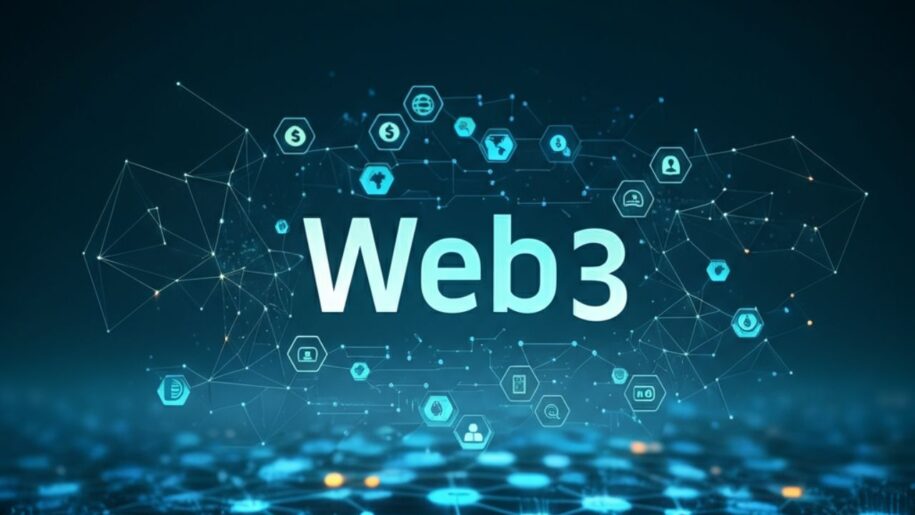

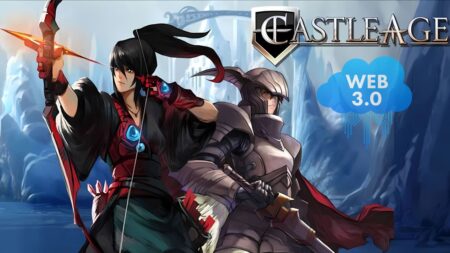
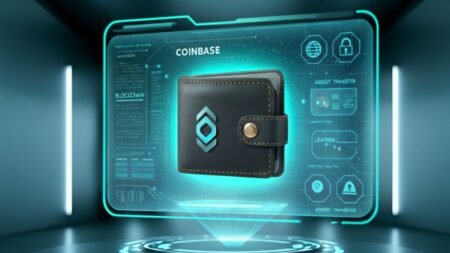

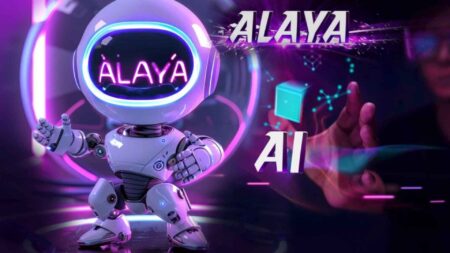
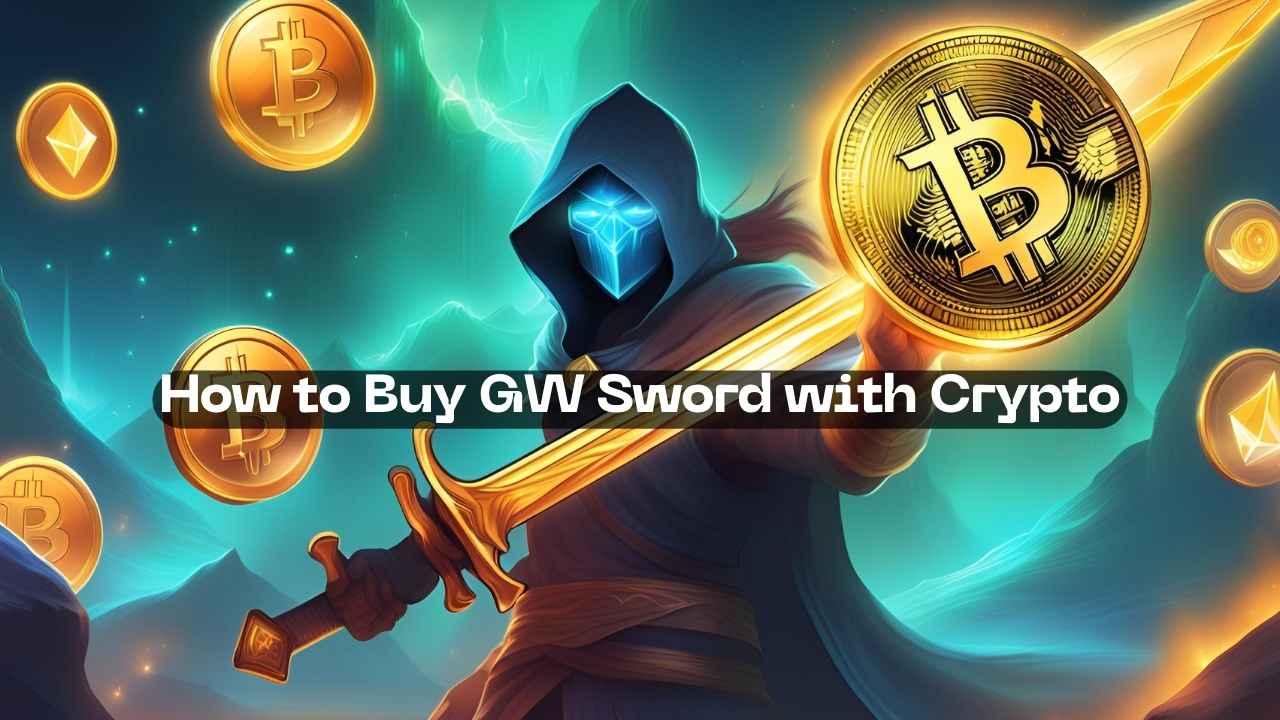
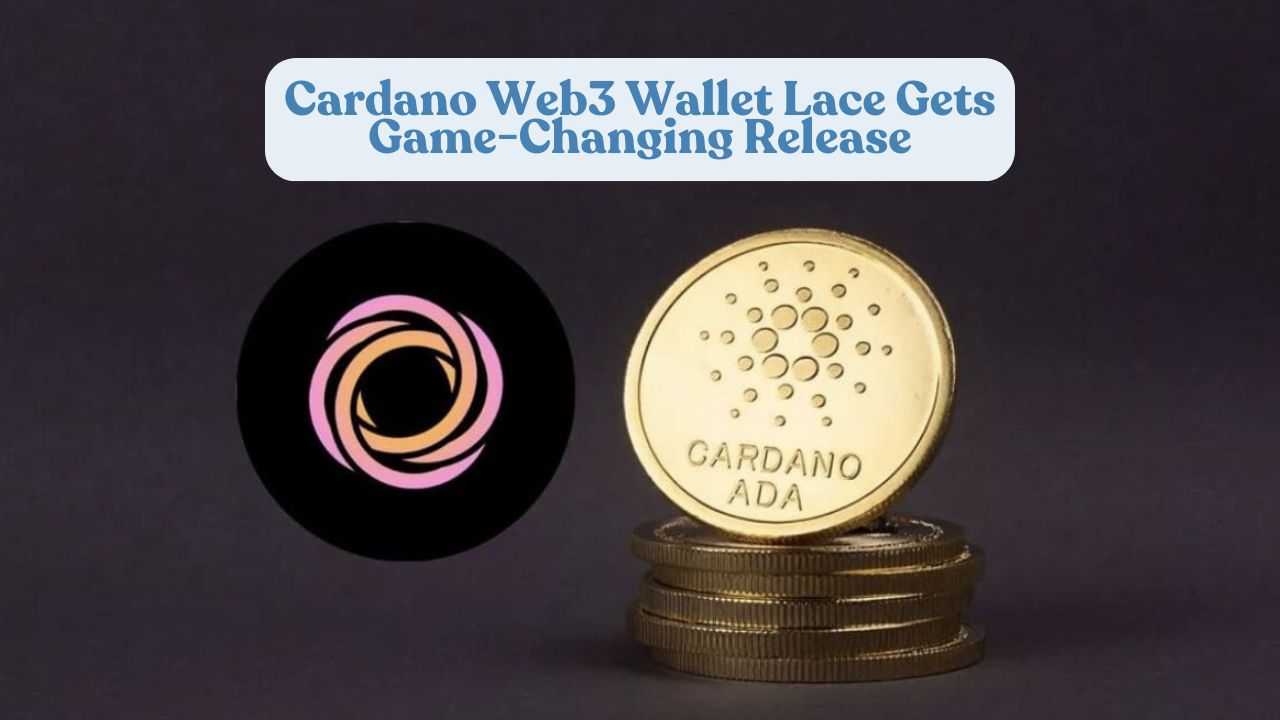


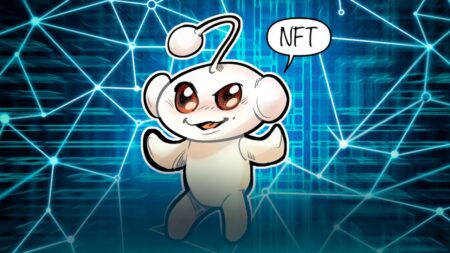
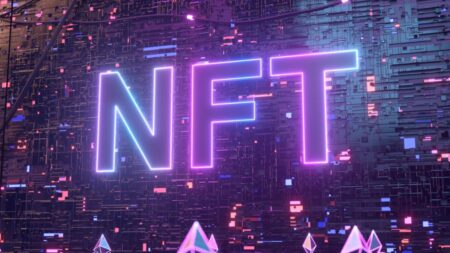
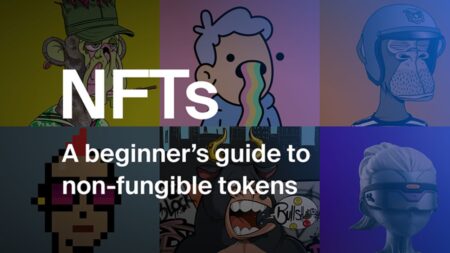
Leave a Reply